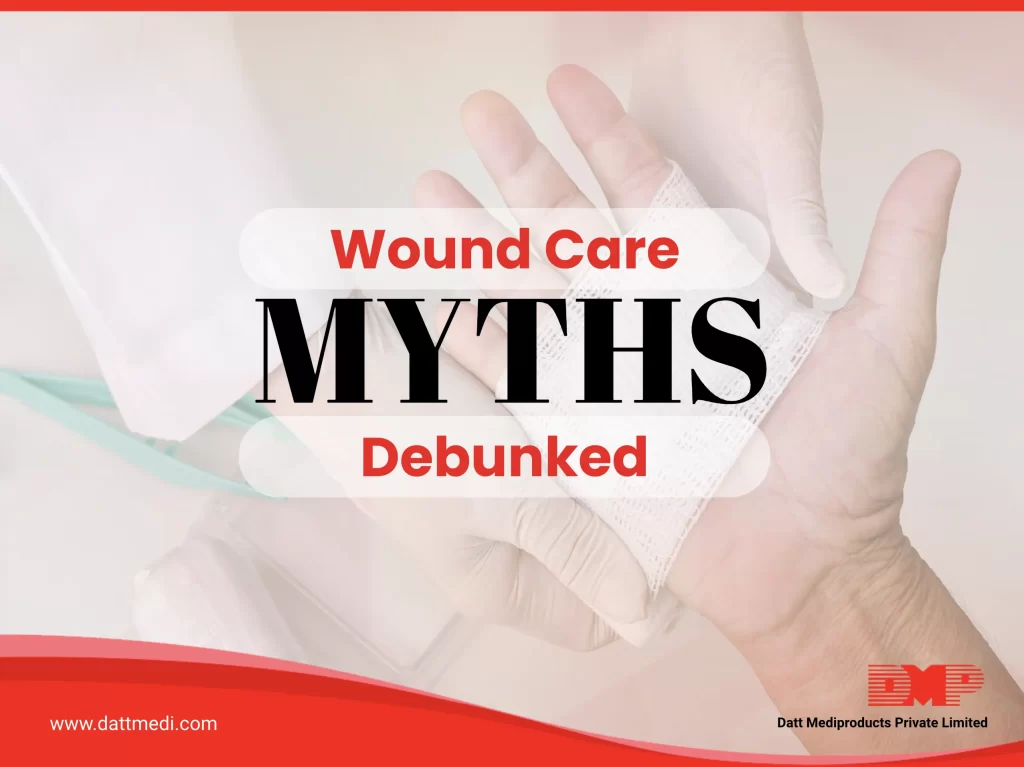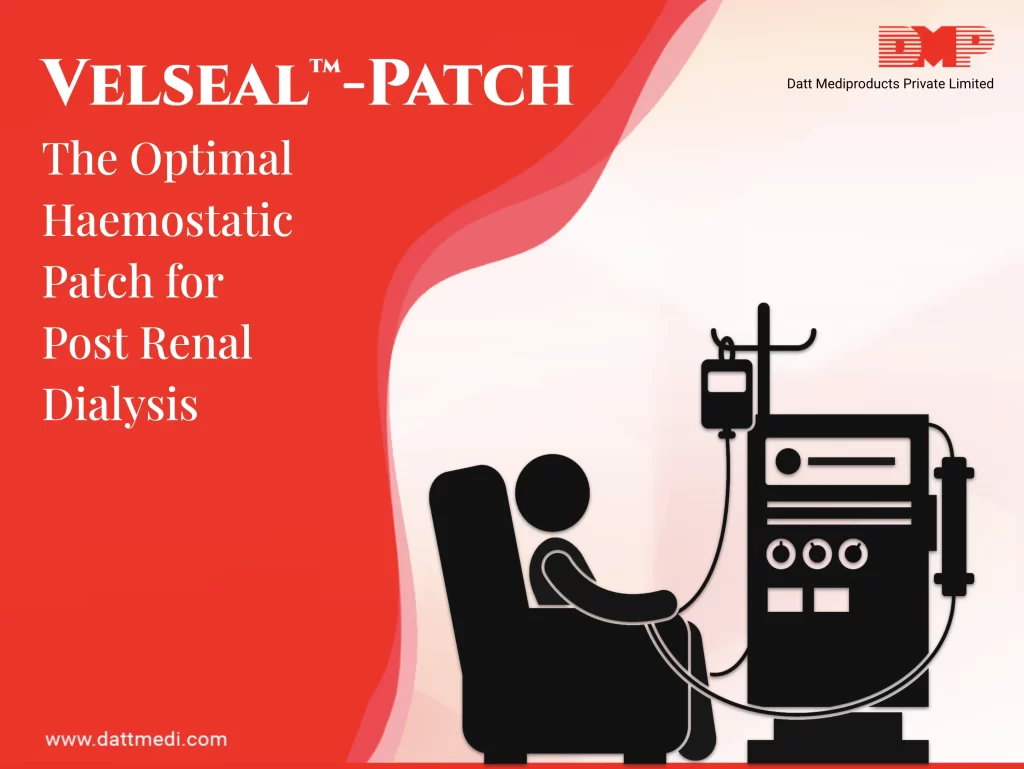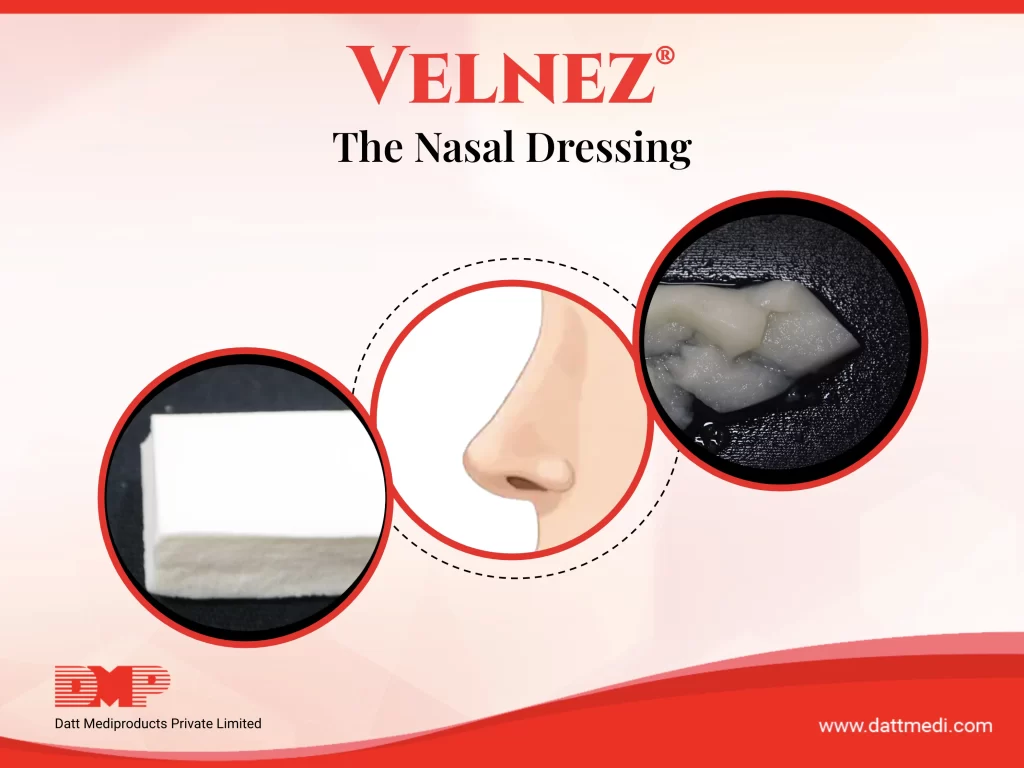
The Role of Antimicrobial Dressings in Infection Prevention and Wound Healing
In wound care, infection prevention involves proactive measures to avoid contamination, while infection control refers to the steps taken after an infection has occurred—to contain its spread and reduce complications.
Understanding this distinction is vital, particularly when dealing with diabetic foot ulcers, surgical wounds, or chronic ulcers like those from varicose veins. These wounds, once infected, require more than just hygiene and topical care—they demand targeted intervention.
Why Infection Prevention is Critical in Wound Care
In high-risk patients (e.g., diabetics, post-operative individuals, or those with vascular issues), a wound infection can:
- Impair tissue regeneration can significantly slow down the body’s natural healing process.
- Trigger inflammation beyond the wound site
- Lead to sepsis or systemic failure
- Delay healing indefinitely without the right approach
Once bacteria attach to the wound surface and multiply, they secrete an Extracurricular Polymeric Substance (EPS) over the wound bed in the form of a patchy layer called BIOFILM. This biofilm is not only resistant to the host’s immune system but also to various basic antimicrobials. This is why even proper hygiene may not suffice creating a need for advanced infection control measures.
Common Signs of Infection Include:
- Increased redness or warmth
- Foul odor or purulent discharge
- Delayed granulation
- Pain out of proportion to wound size
- Systemic symptoms like fever or fatigue
The Role of Antimicrobial Dressing
Not all antimicrobial dressings work the same way. Selection should depend on the type of wound, degree of infection, and underlying comorbidities.
| Agent | Mechanism of Action | Ideal Use Cases |
| Nano-crystalline silver | Disrupts bacterial DNA and cell walls | Chronic wounds, surgical sites, burn care |
| Iodine | Broad-spectrum bactericidal effect | Infected diabetic foot ulcers, contaminated wounds |
| PHMB | Disrupts membrane integrity of microbes | Superficial infected wounds |
| Velvet | Kills microbes, hinders replication. Promotes angiogenesis & cell proliferation | Management of partial & full thickness wounds such as DFU, VLU, Necrotising Fasciitis, Burns or even other traumatic or surgical infected wounds |
Using the wrong dressing can delay healing or exacerbate infection. Selection must be guided by wound assessment, not just product availability.
Best Practices for Infection Prevention:
- Sterile Cleansing: Use prescribed solutions like saline, not harsh agents.
- Hygiene Compliance: Strict hand hygiene and PPE protocols for caregivers.
- Moisture Balance: Avoid dry wound beds or maceration.
Infection Control (Post-Infection Onset):
- Debridement if needed to remove necrotic tissue or biofilm
- Antimicrobial Dressings selected as per exudate level and infection type
- Systemic antibiotics for deep or spreading infections
- Regular monitoring to track changes in wound condition
Different Wounds Demand Different Protocols
- A clean surgical wound may require simple antimicrobial protection.
- A diabetic foot ulcer with infection may require systemic antibiotics, debridement, and layered dressing strategy.
- A venous ulcer may need antimicrobial compression therapy.
Avoid a one-size-fits-all approach—treatment must align with wound pathology.
Don’t overlook:
- Nutritional Support: Protein, Vitamin C, and Zinc for immune function and tissue repair
- Glycemic Control: Especially crucial in diabetic patients
- Patient Education: Empower caregivers with infection warning signs and dressing techniques
Wound care is both a science and a strategy. While infection prevention is essential, being prepared for infection control—with the right knowledge, products, and protocols—can make the difference between recovery and chronicity.
From nano-crystalline silver dressings to advanced wound care materials, our range is engineered for outcomes that matter. To Explore our full range of antimicrobial dressings: Click Here







